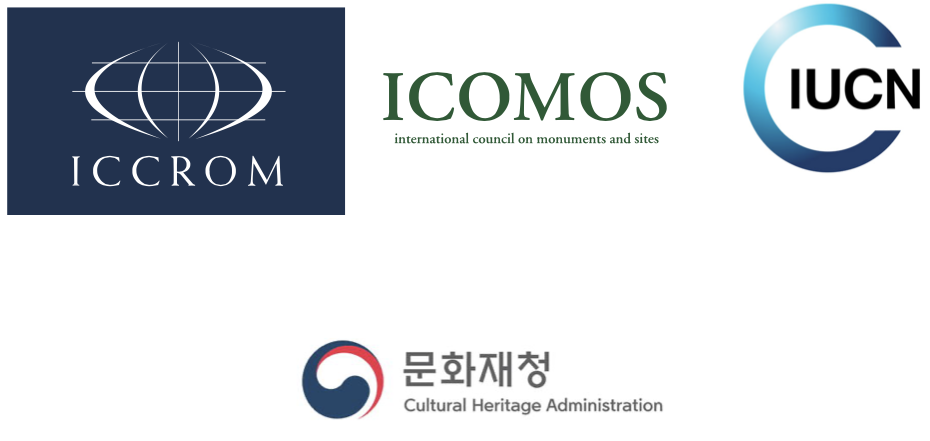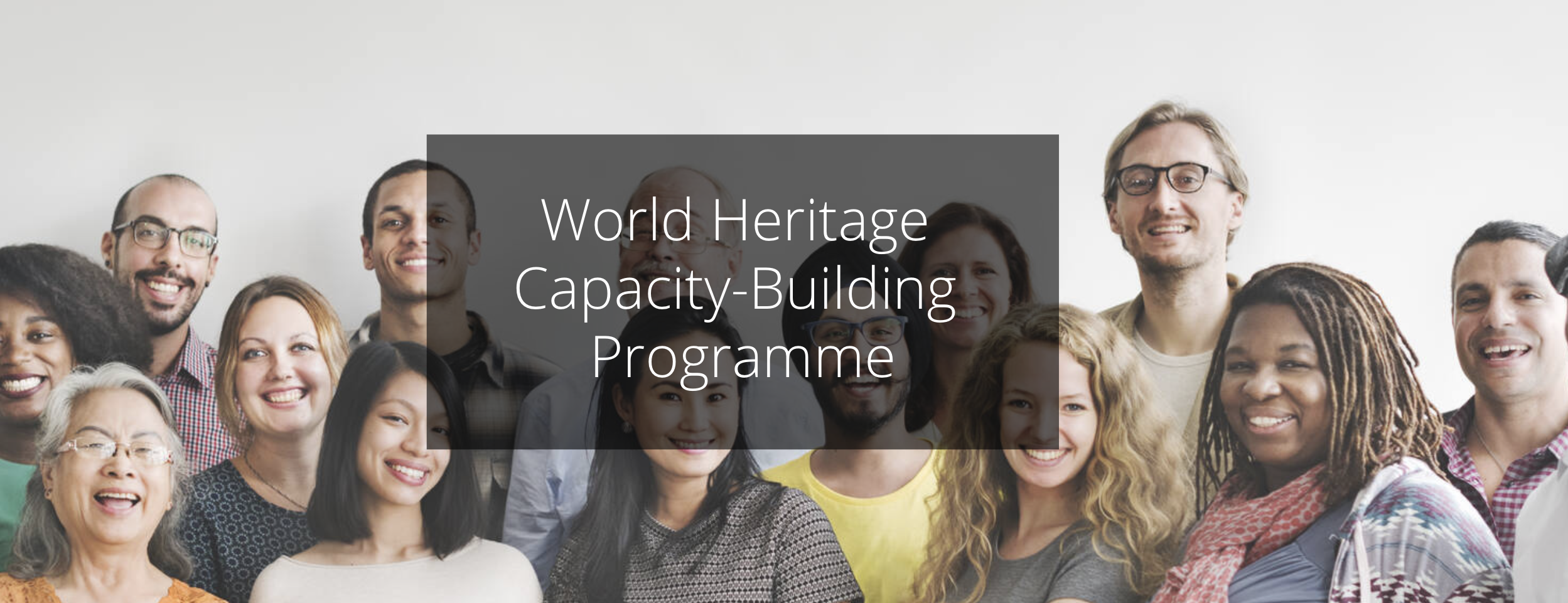
Understanding, managing and conserving World Heritage properties requires up-to-date knowledge and well-honed skills. To help build the capacity of all stakeholders in World Heritage – whether they are practitioners, institutions, communities or networks – the World Heritage Centre has created a number of tools and activities that foster people-centred change, centring on groups of individuals to improve approaches to managing cultural and natural heritage.
Capacity Building is one of the Strategic Objectives (or “Five C’s”) of the World Heritage Committee and is at the core of the sustainable implementation of the Convention.
The original Global Training Strategy was launched in 2001 and was succeeded by the World Heritage Capacity Building Strategy (WHCBS) in June 2011, highlighting a conceptual shift from training to capacity building for cultural and natural heritage (Decision 35 COM 9B).
The Strategy was developed by the World Heritage Centre in collaboration with ICCROM, IUCN, ICOMOS and other capacity-building partners, such as World Heritage Category 2 Centres under the auspices of UNESCO in various regions of the world. The work was made possible by contributions from the World Heritage Fund and the Swiss Government, which also provided professional expertise.
Since the adoption of the WHCBS, the World Heritage Centre, the Advisory Bodies and capacity-building partners have been working to implement capacity-building activities at both the regional and international levels to address the needs of heritage practitioners, institutions and other networks and communities. They have also developed specific regional strategies to strengthen World Heritage-related capacities. Reinforcing the capacity-building pillar of the Convention continues to be a priority to equip States Parties with the relevant expertise to protect and manage their sites, as well as to ensure a representative, credible and balanced World Heritage List. Many States Parties have integrated key provisions into national legislations, policies and strategic frameworks including, in some instances, cross-cutting domains of importance for sustainable development.
The Committee reviews the progress accomplished with the implementation of the WHCBS at its annual sessions. As the 10th anniversary of the WHCBS has come in 2021, the World Heritage Committee has requested an evaluation, which it will review at its 45th session in 2022. The World Heritage Centre and ICCROM have also proposed to define guidelines with a view to updating the WHCBS, which may be presented to the Committee for review at its 46th session in 2023, if funding allows.
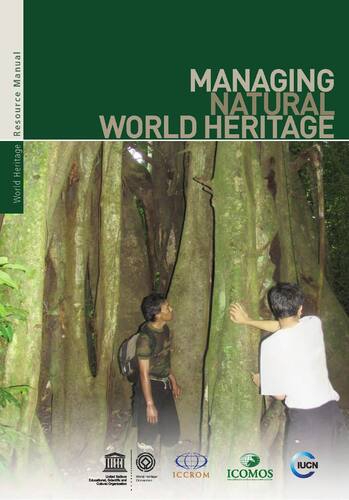
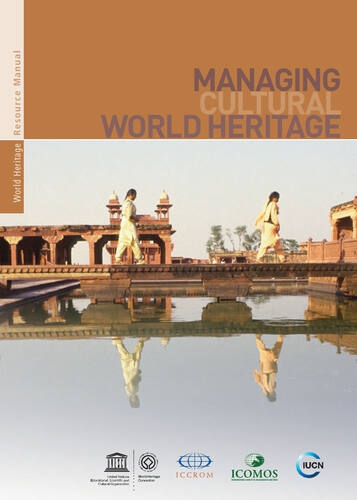

Managing Natural World Heritage Managing Cultural World Heritage Managing Disaster Risks for World Heritage
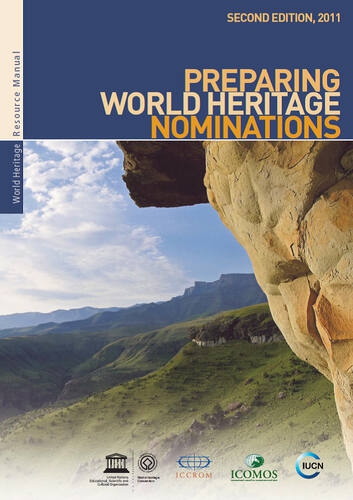
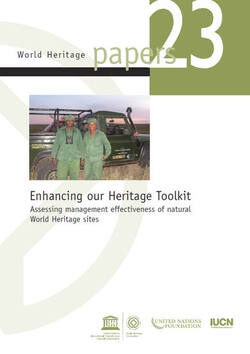
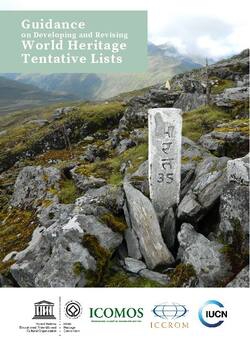
Preparing World Heritage Nominations Enhancing our Heritage Toolkit Tentative Lists
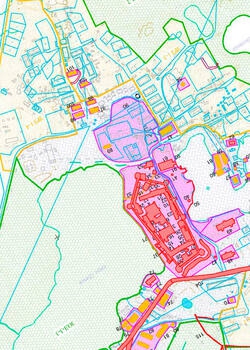
Heritage and Environmental Impact Assessments
Strategic Priorities and Core Topics

Africa, Gender Equality
- UNESCO-Africa-China Forum on World Heritage Capacity Building and Cooperation
- Project to support the Mount Nimba Strict Nature Reserve (Côte d'Ivoire/Guinea) for the empowerment of local communities and the finalization of the Desired State of conservation for the removal of a property from the List of World Heritage Danger (DSCOR)
- Capacity building for nomination and promotion of World Heritage sites in five Eastern African countries
- Capacity building in risk management and protection systems in for six African countries
- Sustainable Development and Community Involvement project, especially the gender-transformative activities in Makli, Pakistan

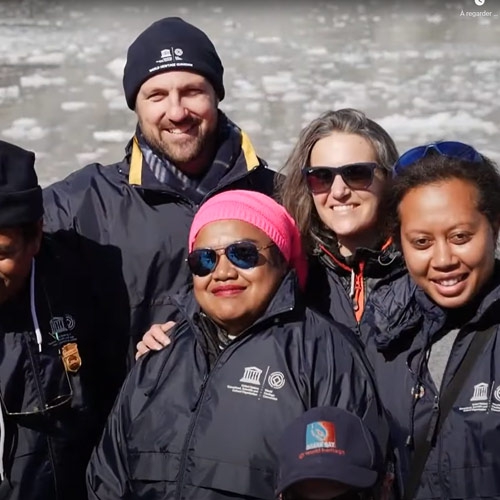
- World Heritage marine managers
- Managing Marine Protected Areas: A Best Practice Guide
- Climate Change Adaptation for Natural World Heritage Sites
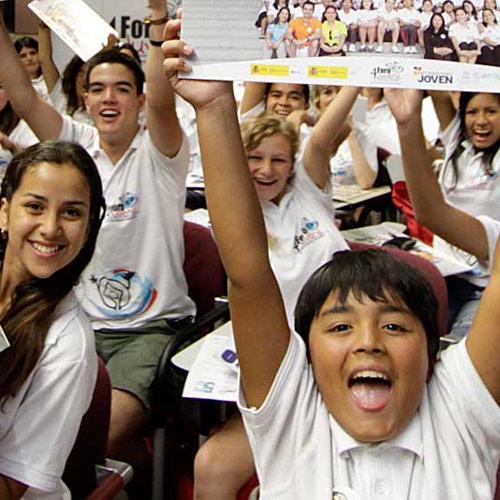

- UNESCO World Heritage: Interpretation and COVID
- Monitoring World Heritage site closures
Partners
The World Heritage Capacity Building Strategy highlights the importance of addressing a wide range of audiences and expects that activities are carried out by different entities, such as the Advisory Bodies, Category 2 Centres under the auspices of UNESCO, and UNESCO Chairs, in addition to the dedicated actions of each State Party. Here are the partners that have recently supported capacity-building efforts:- International Centre for the Study of the Preservation and Restoration of Cultural Property (ICCROM)
- International Council on Monuments and Sites (ICOMOS)
- International Union for Conservation of Nature (IUCN)
- Cultural Heritage Administration of the Republic of Korea
- Category 2 Centres
